|
Your search criteria found 1234 images Target is Jupiter (and available satellites) |
| My List |
Addition Date
|
Target | Mission | Instrument | Size |

|
2002-05-28 | Io |
Galileo |
Solid-State Imaging |
1280x963x1 |
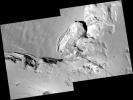
|
|||||

|
2002-05-28 | Io |
Galileo |
Solid-State Imaging |
1174x1024x1 |

|
|||||

|
2002-05-10 | Ganymede |
Galileo Voyager |
VG Imaging Science Subsystem VG Imaging Science Subsystem - Narrow Angle |
8817x4382x3 |
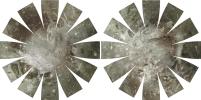
|
|||||

|
2002-03-13 | Jupiter |
Cassini-Huygens |
Imaging Science Subsystem |
512x512x1 |
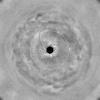
|
|||||

|
2002-03-13 | Jupiter |
Cassini-Huygens |
Imaging Science Subsystem |
1602x512x1 |

|
|||||

|
2002-02-27 | Jupiter |
Cassini-Huygens |
Imaging Radar |
1700x2200x3 |

|
|||||

|
2002-02-27 | Jupiter |
Cassini-Huygens |
1288x728x3 | |
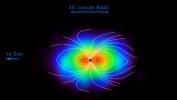
|
|||||

|
2002-02-16 | Europa |
Galileo Voyager |
8812x4381x3 | |
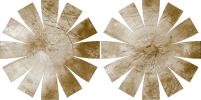
|
|||||

|
2001-12-10 | Io |
Galileo |
Solid-State Imaging |
5065x3361x1 |

|
|||||

|
2001-12-10 | Io |
Galileo |
Solid-State Imaging |
954x1035x1 |

|
|||||

|
2001-12-10 | Io |
Galileo |
Near Infrared Mapping Spectrometer |
740x340x3 |
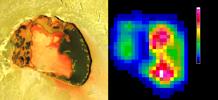
|
|||||

|
2001-12-10 | Io |
Galileo |
Photopolarimeter-Radiometer |
1655x1339x3 |
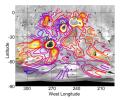
|
|||||

|
2001-12-10 | Io |
Galileo |
Near Infrared Mapping Spectrometer |
540x360x3 |
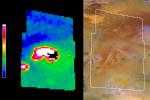
|
|||||

|
2001-12-10 | Io |
Galileo |
Solid-State Imaging |
736x680x3 |
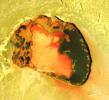
|
|||||

|
2001-11-29 | Callisto |
Galileo |
Solid-State Imaging |
1280x774x1 |
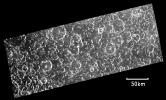
|
|||||

|
2001-11-27 | Io |
Galileo |
Solid-State Imaging |
798x401x1 |
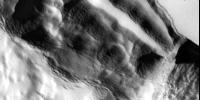
|
|||||

|
2001-11-27 | Io |
Galileo |
Solid-State Imaging |
800x623x3 |
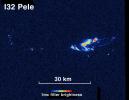
|
|||||

|
2001-11-27 | Io |
Galileo |
Near Infrared Mapping Spectrometer |
595x415x3 |
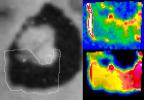
|
|||||

|
2001-11-27 | Io |
Galileo |
Near Infrared Mapping Spectrometer |
468x620x3 |

|
|||||

|
2001-10-04 | Io |
Galileo |
Solid-State Imaging |
690x254x3 |
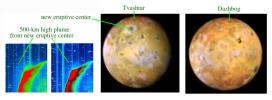
|
|||||

|
2001-10-04 | Io |
Galileo |
Near Infrared Mapping Spectrometer |
1152x576x3 |
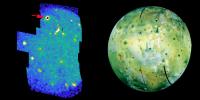
|
|||||

|
2001-08-22 | Callisto |
Galileo |
Solid-State Imaging |
740x753x3 |

|
|||||

|
2001-08-22 | Callisto |
Galileo |
Solid-State Imaging |
2000x1510x1 |
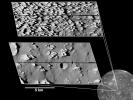
|
|||||

|
2001-07-21 | Jupiter |
Hubble Space Telescope |
WFPC2 |
752x417x3 |
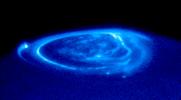
|
|||||

|
2001-07-16 | Jupiter |
Cassini-Huygens |
Imaging Science Subsystem |
1157x633x1 |
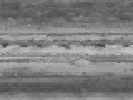
|
|
||||

|
2001-07-16 | Jupiter |
Cassini-Huygens |
Imaging Science Subsystem |
1157x633x1 |

|
|
||||

|
2001-07-16 | Jupiter |
Cassini-Huygens |
Imaging Science Subsystem |
499x497x1 |

|
|||||

|
2001-06-22 | Europa |
Galileo |
Solid-State Imaging |
536x900x3 |

|
|||||

|
2001-06-22 | Io |
Galileo |
Photopolarimeter-Radiometer |
1157x574x3 |
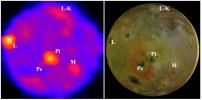
|
|||||

|
2001-05-31 | Jupiter |
Cassini-Huygens |
Imaging Science Subsystem |
1349x1603x3 |

|
|||||

|
2001-05-31 | Io |
Cassini-Huygens |
Imaging Science Subsystem |
1157x633x1 |
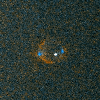
|
|
||||

|
2001-03-29 | Io |
Cassini-Huygens Galileo |
Solid-State Imaging |
1100x900x3 |
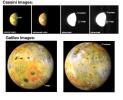
|
|||||

|
2001-03-13 | Ganymede |
Galileo |
Solid-State Imaging |
1089x842x1 |
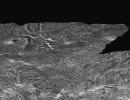
|
|||||

|
2001-03-13 | Ganymede |
Galileo |
Solid-State Imaging |
542x425x1 |

|
|||||

|
2001-03-13 | Ganymede |
Galileo |
Solid-State Imaging |
404x294x1 |
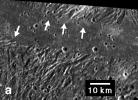
|
|||||

|
2001-03-13 | Ganymede |
Galileo |
Solid-State Imaging |
328x450x3 |

|
|||||

|
2001-03-13 | Ganymede |
Galileo |
Solid-State Imaging |
1078x636x3 |

|
|||||

|
2001-02-26 | Io |
Galileo |
Solid-State Imaging |
1270x660x3 |
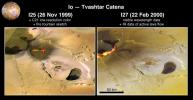
|
|||||

|
2001-02-23 | Io |
Galileo |
Solid-State Imaging |
3347x2531x1 |
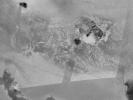
|
|||||

|
2001-02-23 | Io |
Galileo |
Solid-State Imaging |
4000x2500x3 |
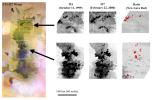
|
|||||

|
2001-02-05 | Jupiter |
Cassini-Huygens |
Imaging Science Subsystem |
250x356x3 |

|
|||||

|
2001-02-05 | Jupiter |
Cassini-Huygens |
Imaging Science Subsystem |
400x400x1 |

|
|
||||

|
2001-01-31 | Himalia |
Cassini-Huygens |
Imaging Science Subsystem |
735x540x3 |
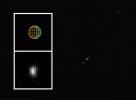
|
|||||

|
2001-01-30 | Jupiter |
Cassini-Huygens |
Imaging Science Subsystem |
1920x1080x3 |

|
|||||

|
2001-01-23 | Jupiter |
Cassini-Huygens |
Imaging Science Subsystem |
1157x633x1 |
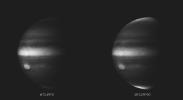
|
|||||

|
2001-01-23 | Jupiter |
Cassini-Huygens |
Imaging Science Subsystem |
999x959x3 |
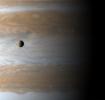
|
|||||

|
2001-01-23 | Jupiter |
Cassini-Huygens |
Imaging Science Subsystem |
950x600x1 |
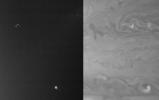
|
|||||

|
2001-01-23 | Jupiter |
Cassini-Huygens |
Imaging Science Subsystem |
2009x1020x3 |
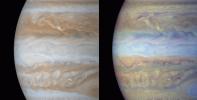
|
|||||

|
2001-01-03 | Jupiter |
Cassini-Huygens |
Imaging Science Subsystem |
720x486x3 |
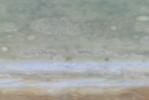
|
|||||

|
2001-01-03 | Jupiter |
Cassini-Huygens |
Imaging Science Subsystem |
720x486x3 |

|
|||||

|
2000-12-31 | Jupiter |
Cassini-Huygens |
Imaging Science Subsystem |
720x486x3 |
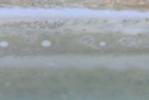
|
|||||

|
2000-12-30 | Jupiter |
Cassini-Huygens |
Imaging Science Subsystem |
640x480x1 |

|
|||||

|
2000-12-30 | Jupiter |
Cassini-Huygens |
Imaging Science Subsystem |
720x486x3 |
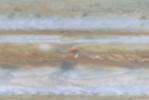
|
|||||

|
2000-12-30 | Jupiter |
Cassini-Huygens |
Imaging Science Subsystem |
720x486x3 |
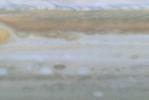
|
|||||

|
2000-12-30 | Jupiter |
Cassini-Huygens |
Imaging Science Subsystem |
720x486x3 |
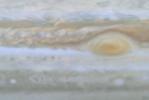
|
|||||

|
2000-12-30 | Jupiter |
Cassini-Huygens |
Imaging Science Subsystem |
720x486x3 |
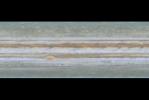
|
|||||

|
2000-12-30 | Jupiter |
Cassini-Huygens |
Imaging Science Subsystem |
720x486x3 |
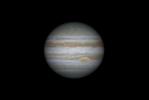
|
|||||

|
2000-12-29 | Jupiter |
Cassini-Huygens |
Imaging Science Subsystem |
1027x924x1 |
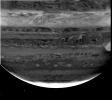
|
|||||

|
2000-12-28 | Jupiter |
Cassini-Huygens |
Imaging Science Subsystem |
1799x600x3 |
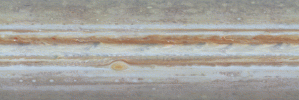
|
|
||||

|
2000-12-27 | Jupiter |
Cassini-Huygens |
Imaging Science Subsystem |
1799x600x3 |
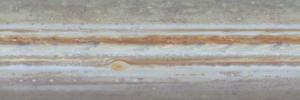
|
|||||

|
2000-12-23 | Jupiter |
Cassini-Huygens |
Imaging Science Subsystem |
747x731x3 |
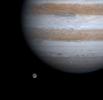
|
|||||

|
2000-12-21 | Jupiter |
Cassini-Huygens |
Imaging Science Subsystem |
846x1016x3 |

|
|||||

|
2000-12-21 | Jupiter |
Cassini-Huygens |
Imaging Science Subsystem |
317x487x1 |

|
|||||

|
2000-12-20 | Jupiter |
Cassini-Huygens |
Imaging Science Subsystem |
1020x986x3 |
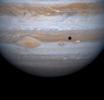
|
|||||

|
2000-12-19 | Jupiter |
Cassini-Huygens |
Imaging Science Subsystem |
1001x888x3 |
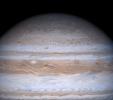
|
|||||

|
2000-12-19 | Jupiter |
Voyager |
VG ISS - Narrow Angle |
213x160x1 |
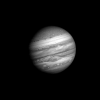
|
|
||||

|
2000-12-19 | Io |
Voyager |
VG ISS - Narrow Angle |
260x260x1 |

|
|
||||

|
2000-12-19 | Io |
Voyager |
VG ISS - Narrow Angle |
260x260x1 |
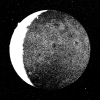
|
|
||||

|
2000-12-17 | Ganymede |
Galileo |
Solid-State Imaging |
512x384x1 |
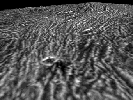
|
|
||||

|
2000-12-16 | Ganymede |
Galileo |
Solid-State Imaging |
795x767x1 |
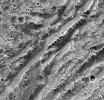
|
|||||

|
2000-12-16 | Ganymede |
Galileo |
Solid-State Imaging |
3328x2330x1 |

|
|||||

|
2000-12-16 | Ganymede |
Galileo |
Solid-State Imaging |
3777x2760x1 |
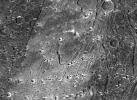
|
|||||

|
2000-12-16 | Ganymede |
Galileo |
Solid-State Imaging |
1358x1098x3 |
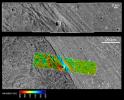
|
|||||

|
2000-12-16 | Ganymede |
Galileo |
Solid-State Imaging |
1228x512x3 |
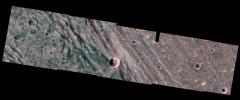
|
|||||

|
2000-12-16 | Ganymede |
Galileo |
Solid-State Imaging |
1764x809x1 |
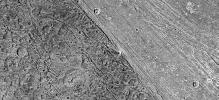
|
|||||

|
2000-12-16 | Ganymede |
Galileo |
Solid-State Imaging |
1000x751x1 |
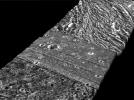
|
|||||

|
2000-12-16 | Ganymede |
Galileo |
Solid-State Imaging |
2514x1929x1 |
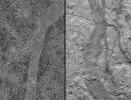
|
|||||

|
2000-12-16 | Ganymede |
Galileo |
Solid-State Imaging |
1026x1748x1 |

|
|||||

|
2000-12-16 | Ganymede |
Galileo |
Solid-State Imaging |
1249x1939x1 |

|
|||||

|
2000-12-16 | Ganymede |
Galileo |
Solid-State Imaging |
2603x756x1 |

|
|||||

|
2000-12-16 | Ganymede |
Galileo |
Solid-State Imaging |
2000x2300x1 |

|
|||||

|
2000-12-12 | Jupiter |
Cassini-Huygens |
Imaging Science Subsystem |
863x629x3 |
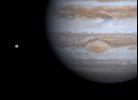
|
|||||

|
2000-12-12 | Jupiter |
Cassini-Huygens |
Imaging Science Subsystem |
400x400x1 |
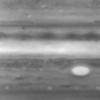
|
|||||

|
2000-12-12 | Jupiter |
Cassini-Huygens |
Imaging Science Subsystem |
400x400x1 |
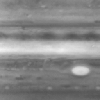
|
|
||||

|
2000-12-06 | Jupiter |
Cassini-Huygens |
ISS - Narrow Angle |
400x520x1 |

|
|||||

|
2000-12-06 | Jupiter |
Cassini-Huygens |
ISS - Narrow Angle |
559x553x3 |
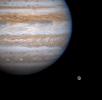
|
|||||

|
2000-11-21 | Jupiter |
Cassini-Huygens |
ISS - Narrow Angle |
400x400x1 |

|
|||||

|
2000-11-21 | Jupiter |
Cassini-Huygens |
ISS - Narrow Angle |
400x400x1 |
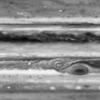
|
|||||

|
2000-11-21 | Jupiter |
Cassini-Huygens |
ISS - Narrow Angle |
400x400x1 |
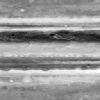
|
|
||||

|
2000-11-21 | Jupiter |
Cassini-Huygens |
ISS - Narrow Angle |
400x400x1 |
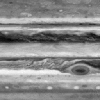
|
|
||||

|
2000-11-06 | Jupiter |
Cassini-Huygens |
ISS - Narrow Angle |
889x859x1 |

|
|||||

|
2000-11-06 | Jupiter |
Cassini-Huygens |
ISS - Narrow Angle |
1377x1377x3 |
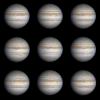
|
|||||

|
2000-10-26 | Jupiter |
Galileo |
Near Infrared Mapping Spectrometer |
2769x1542x3 |
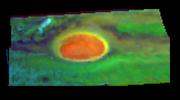
|
|||||

|
2000-10-26 | Io |
Galileo |
Solid-State Imaging |
1152x564x1 |
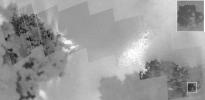
|
|||||

|
2000-10-26 | Io |
Galileo |
Solid-State Imaging |
413x900x3 |
|
|
|||||

|
2000-10-26 | Io |
Galileo |
Solid-State Imaging |
1152x483x3 |
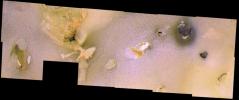
|
|||||

|
2000-10-26 | Io |
Galileo |
Solid-State Imaging |
889x766x3 |

|
|||||

|
2000-10-26 | Io |
Galileo |
Solid-State Imaging |
900x750x3 |

|
|||||

|
2000-10-26 | Io |
Galileo |
Solid-State Imaging |
782x752x1 |
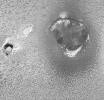
|
|||||

|
2000-10-26 | Io |
Galileo |
Solid-State Imaging |
1152x899x1 |
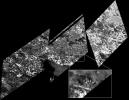
|
|||||

|
 |
 |
 |
 |
 |
 |
 |
 |
 |
 |

|
| 1-100 | 101-200 | 201-300 | 301-400 | 401-500 | 501-600 | 601-700 | 701-800 | 801-900 | 901-1000 |
| Currently displaying images: 501 - 600 of 1234 |